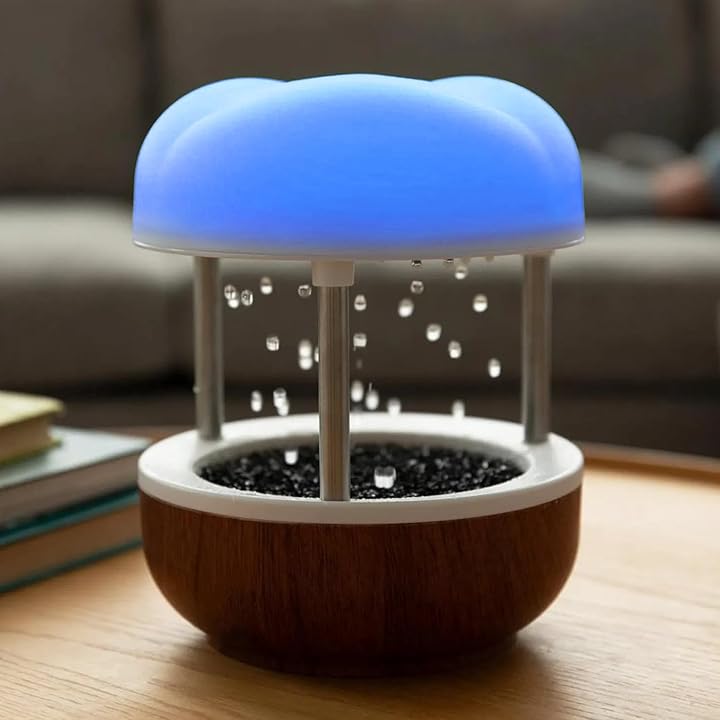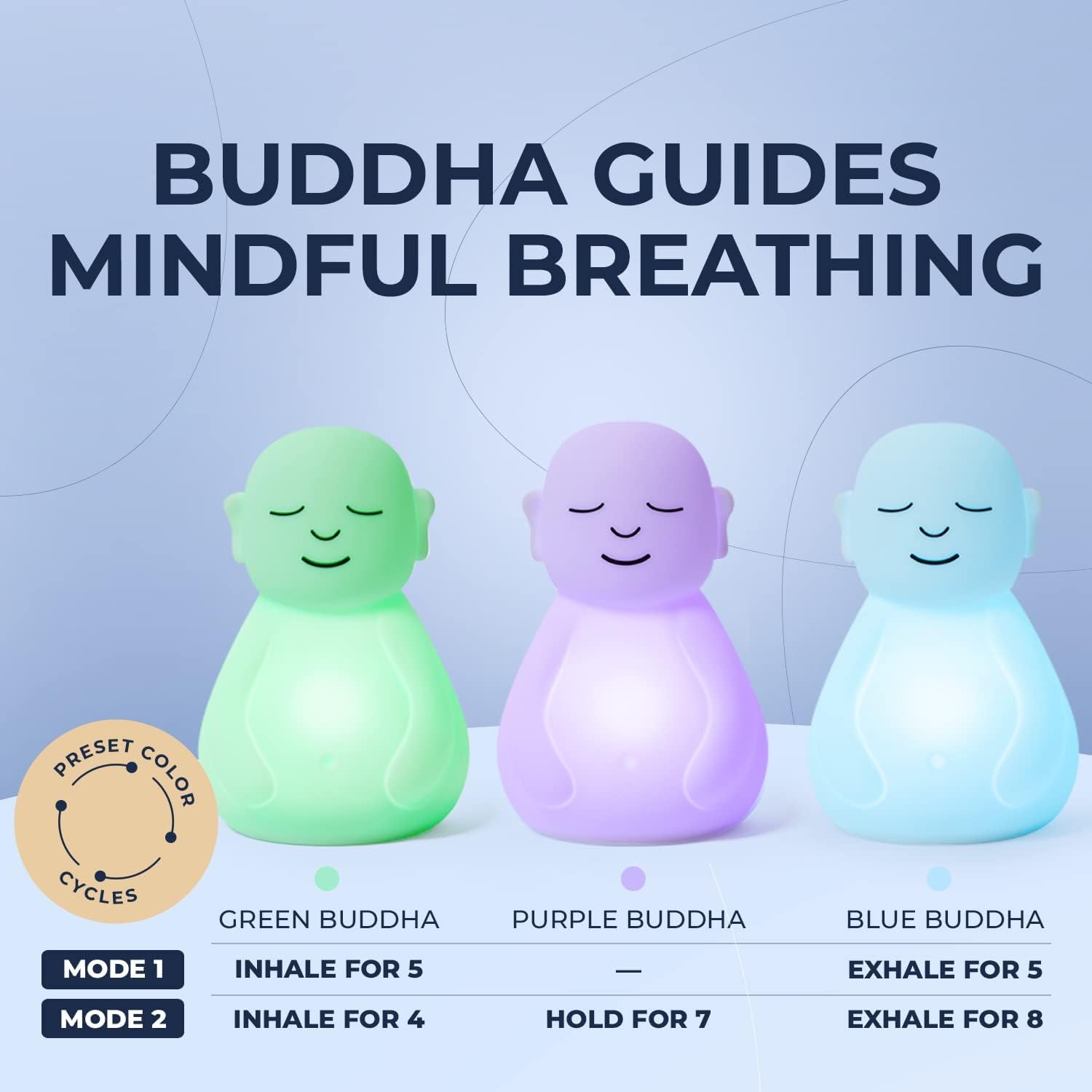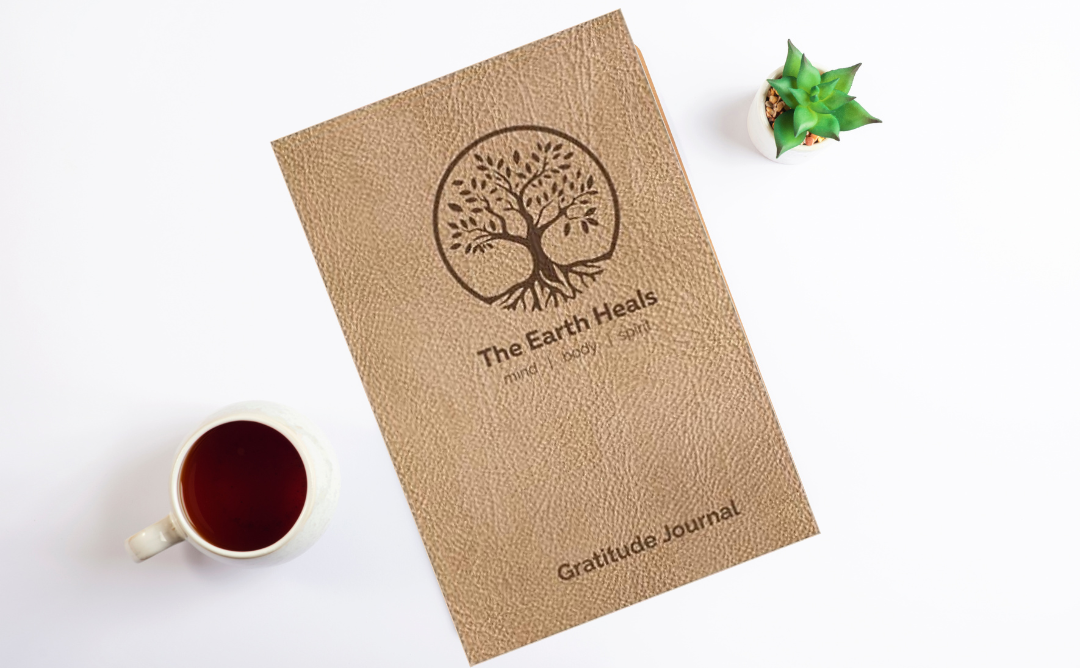
Innovative Mindfulness Meditation Tools
At The Earth Heals, our mission is to promote natural healing and mindfulness to help you lead a more balanced, peaceful life. That’s why I’m thrilled to partner with Mindsight, a company that shares these values through their carefully crafted, science-backed products. Mindsight is dedicated to developing tools that encourage mindfulness, foster good habits, and enhance your overall wellbeing. Join me on this journey towards creating a more mindful, balanced life with some of their most innovative offerings.
1. Kinetic Wall Art: Bringing Serenity and Movement into Your Space
The Mindsight Kinetic Wall Art is more than just a beautiful piece of décor—it’s a moving meditation. This stunning wall art is handcrafted from acacia wood and features a mesmerizing ripple motion that you can enjoy for up to 12 hours without any batteries or cords. Just wind it up and let the gentle rotation fill your room with peace and tranquility. Whether it’s for your home, office, or meditation space, this art piece helps to reduce stress, promote relaxation, and foster a mindful environment.
2. Breathing Buddha: Your Guide to Mindful Breathing
Incorporating mindfulness into your daily routine is simple with the Mindsight Breathing Buddha. This beautifully designed tool guides you through calming breathing exercises, helping to center your mind and reduce stress. The serene, Buddha-shaped figure lights up to help you synchronize your breaths, promoting a sense of calm and focus. Perfect for meditation sessions, moments of mindfulness, or just as a gentle reminder to breathe deeply and relax throughout the day.
3. Cloud Fountain: Soothing Water for Tranquil Spaces
The Mindsight Cloud Fountain brings the peaceful sound of flowing water into your home, creating a serene, stress-free atmosphere. Shaped like a cloud, this tabletop fountain mimics the gentle fall of rain, offering a calming effect that helps you unwind and focus. Whether you’re looking to enhance your meditation space or just add a touch of tranquility to your home, the Cloud Fountain is a simple yet powerful way to promote relaxation and peace.
4. Kinetic Desk Art: Mindfulness at Your Fingertips
For those moments when you need a quick mental break, the Mindsight Kinetic Desk Art offers a portable, hands-on way to engage in mindful movement. This stress-relief tool fits perfectly on your desk and uses gentle kinetic motion to help ease tension and refocus your mind. Just a few minutes of engaging with this small yet powerful tool can leave you feeling calmer and more centered, making it a great addition to your workday or meditation practice.
With Mindsight’s beautifully crafted products, you can easily transform your home or workspace into a haven of mindfulness, creativity, and peace. Each product is thoughtfully designed to help you develop good habits, reduce stress, and enhance your overall wellbeing. From the calming motion of the Kinetic Wall Art to the soothing flow of the Cloud Fountain, these tools are perfect for anyone looking to live more mindfully and intentionally.
Ready to create your mindful oasis? Explore these Innovative Mindfulness Meditation Tools through my affiliate links and start transforming your space and wellbeing today.
2,200+ Five-Star reviews
Over 100,000 Units Sold
Disclaimer: We are an affiliate of many companies, which means that we may receive a commission if you click on our affiliate link and make a purchase. However, this does not affect our reviews and comparisons. We strive to provide honest opinions and recommendations based on our own experiences and research. Any product claim, statistic, quote, or other representation about a product or service should be verified with the manufacturer, provider, or party in question.












